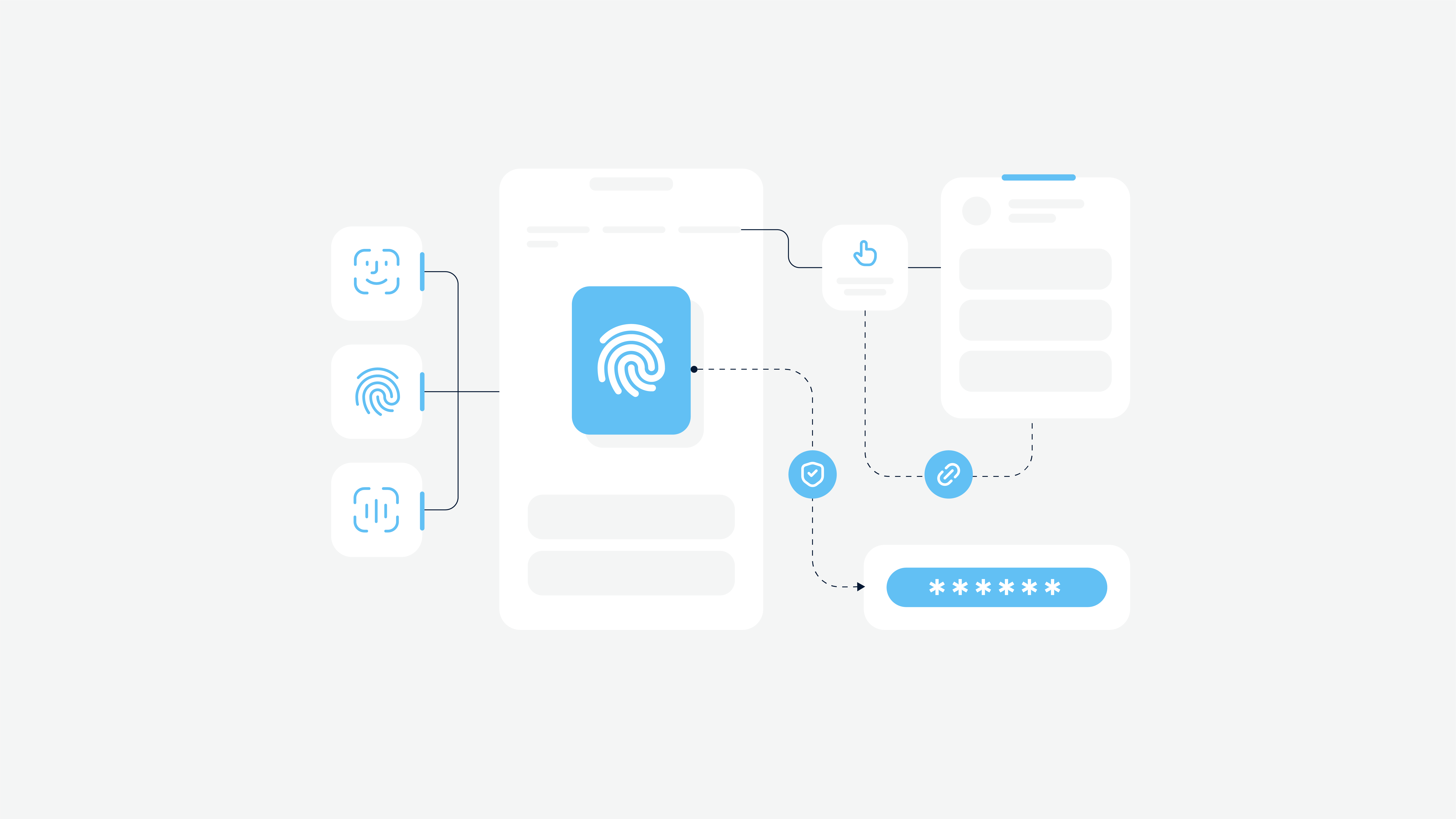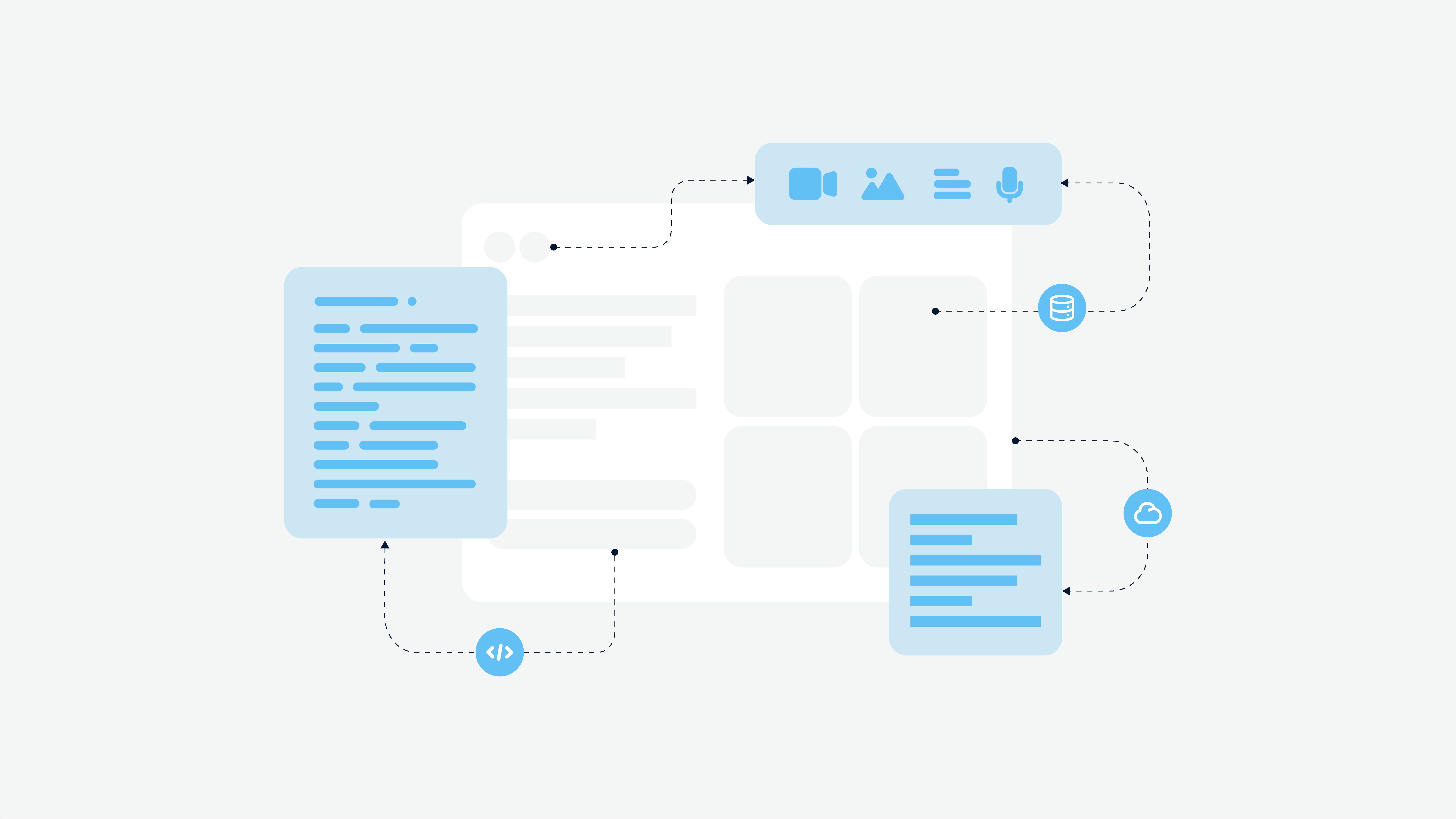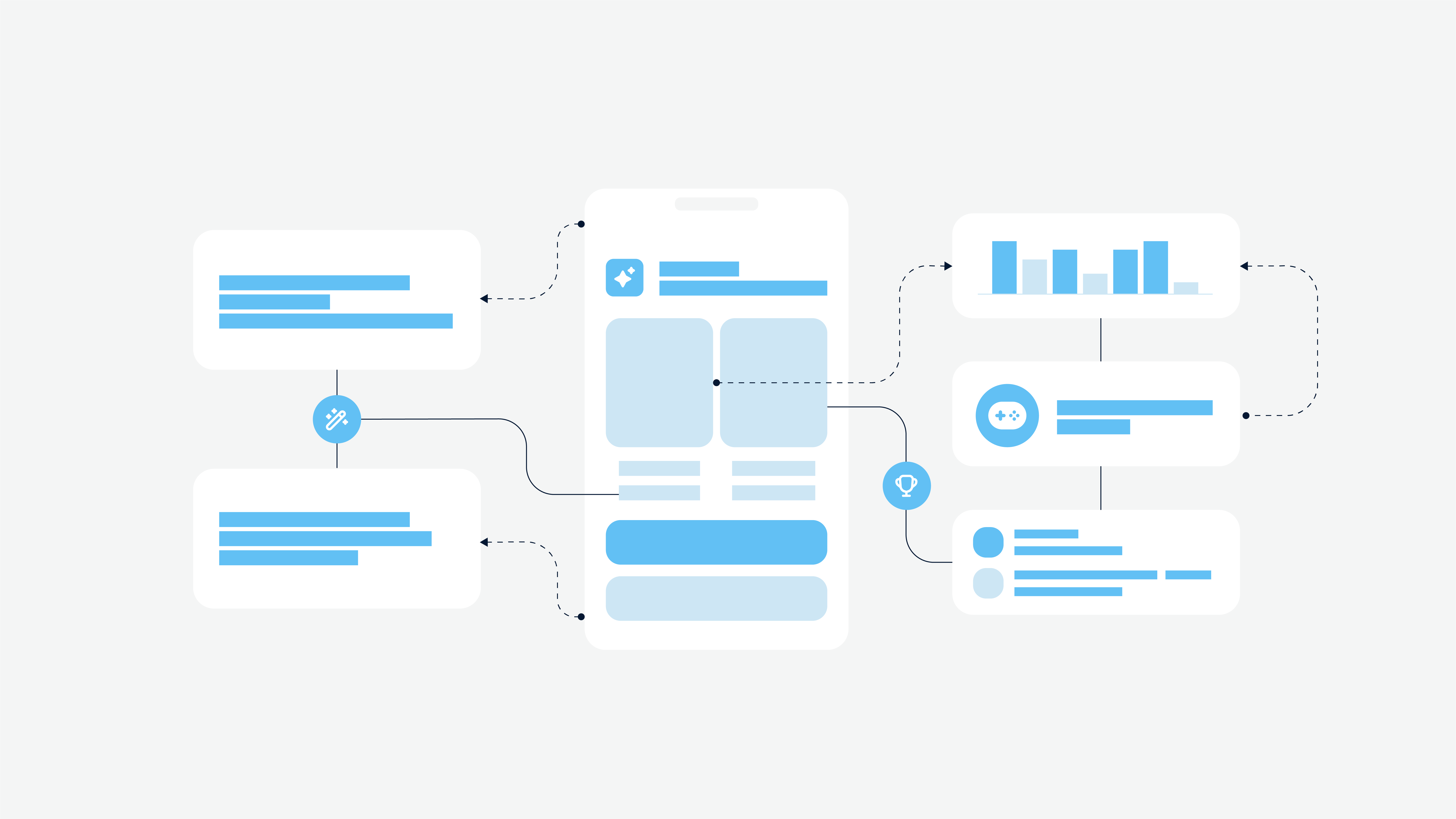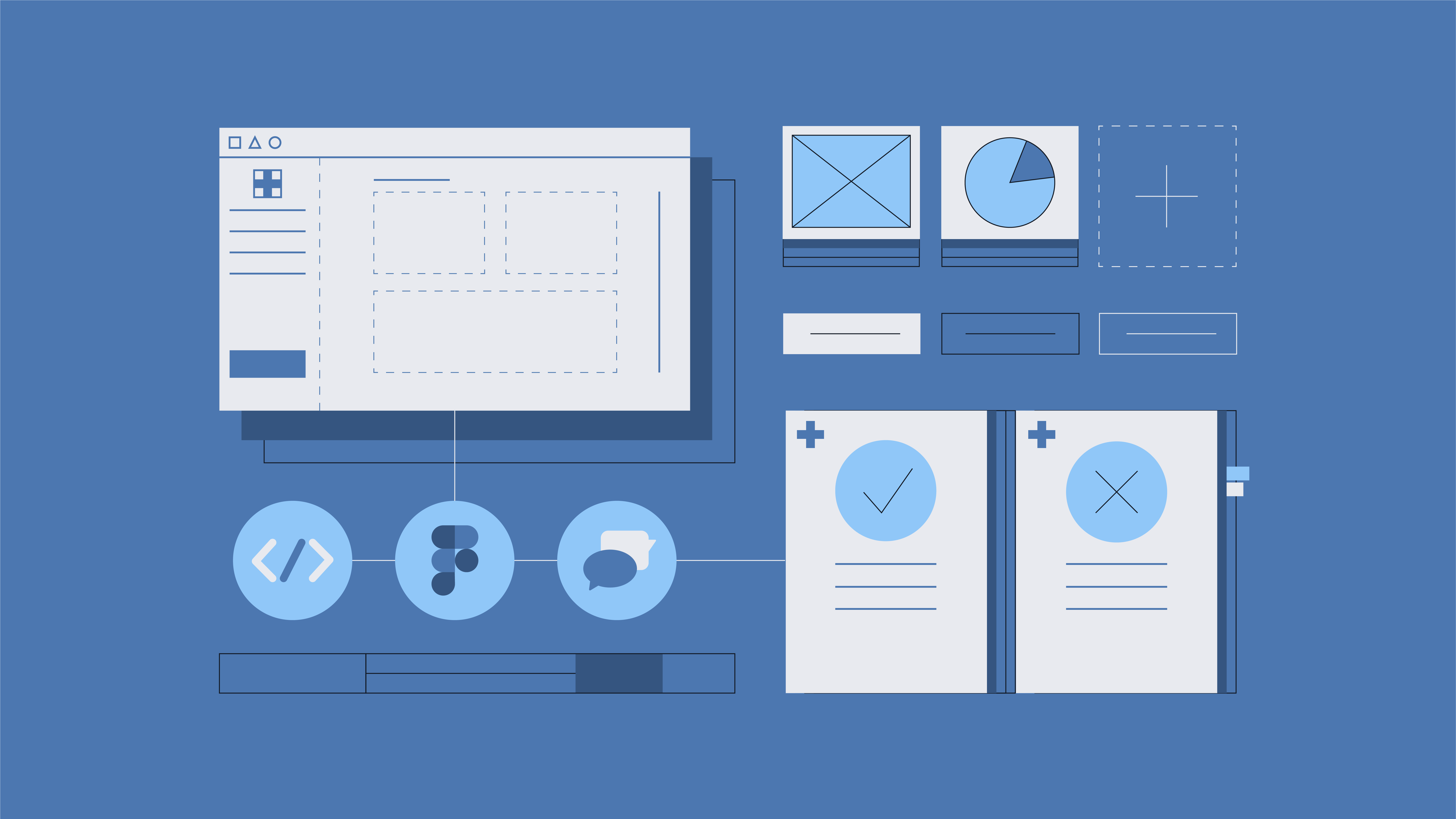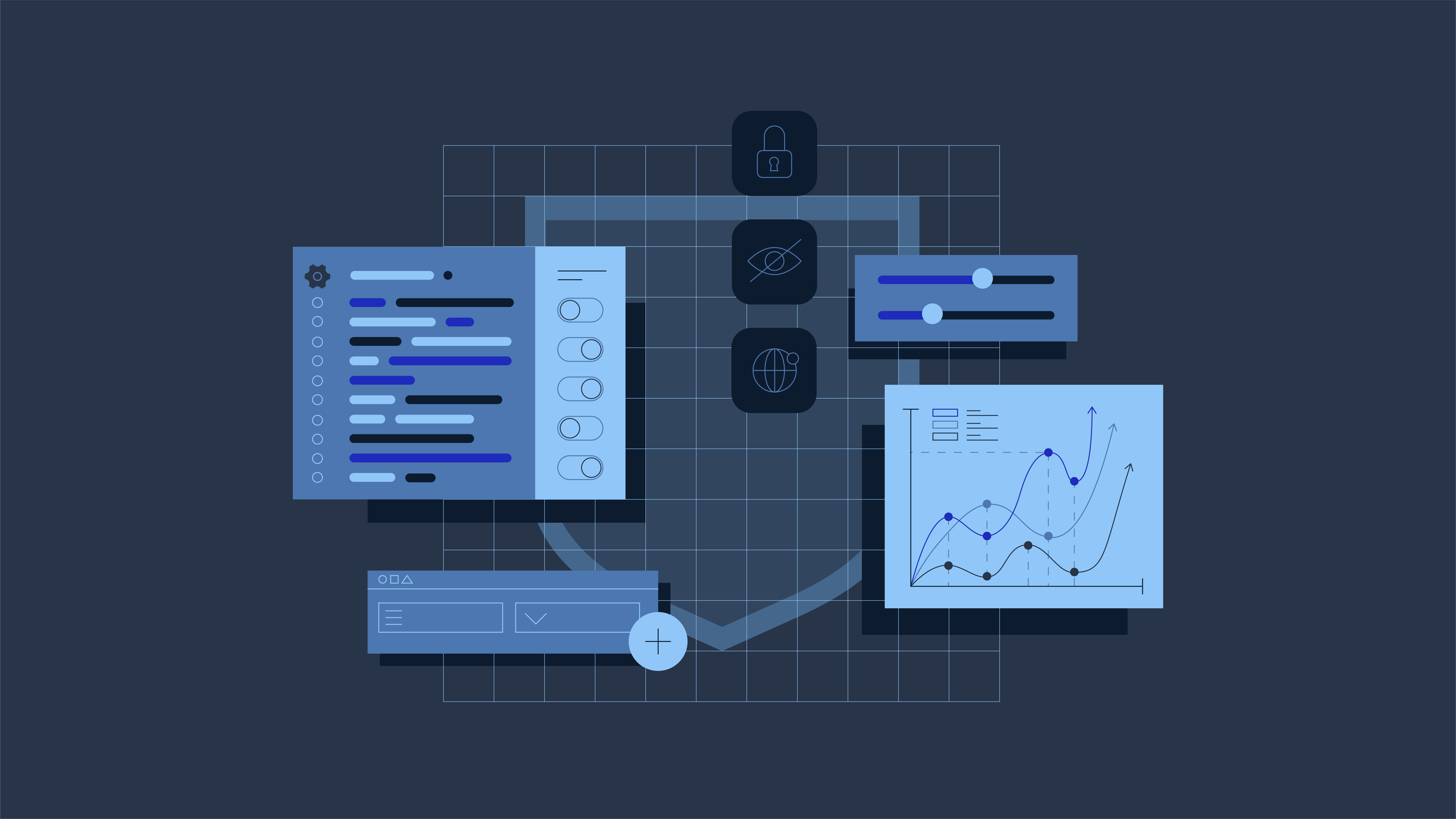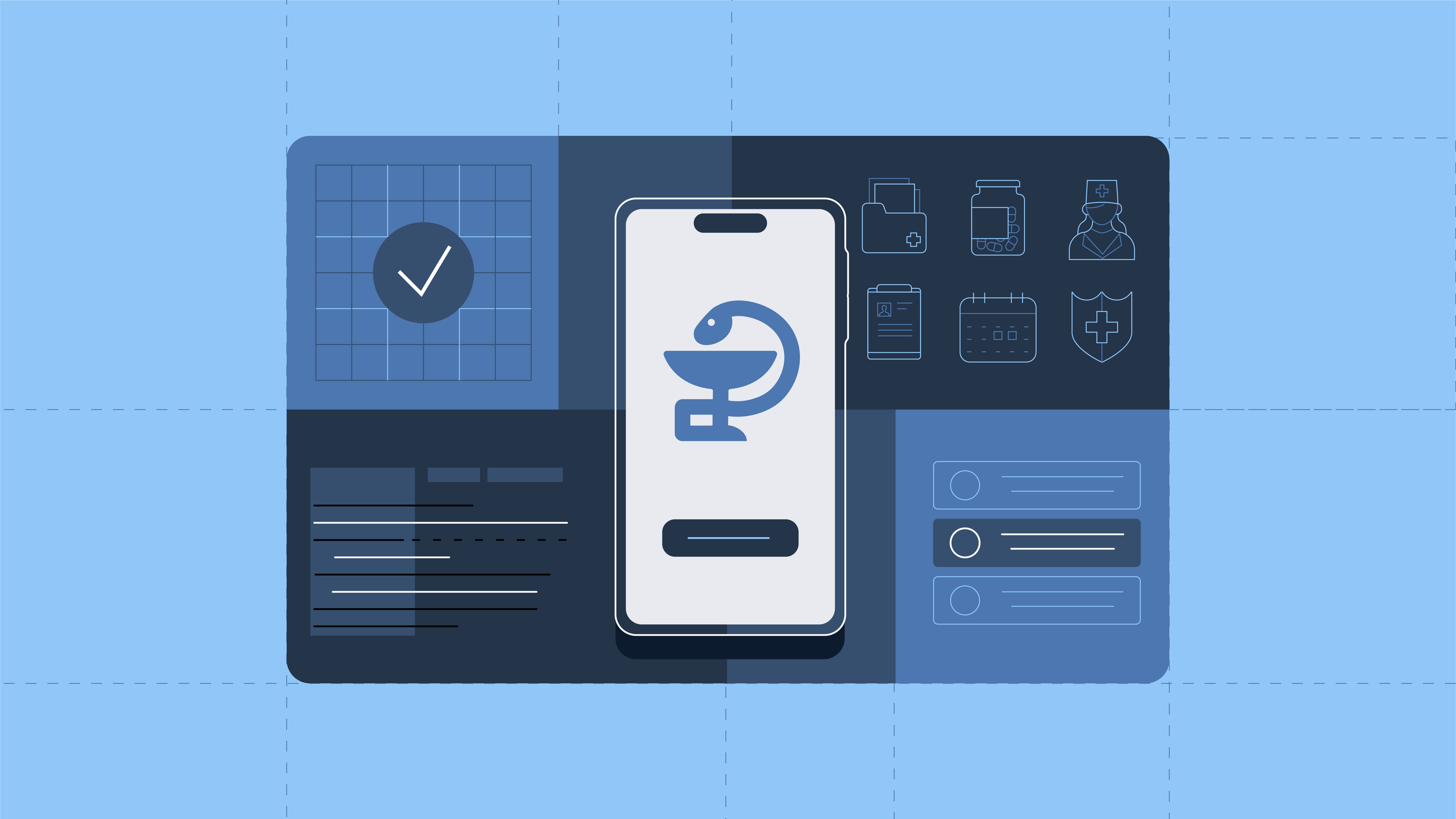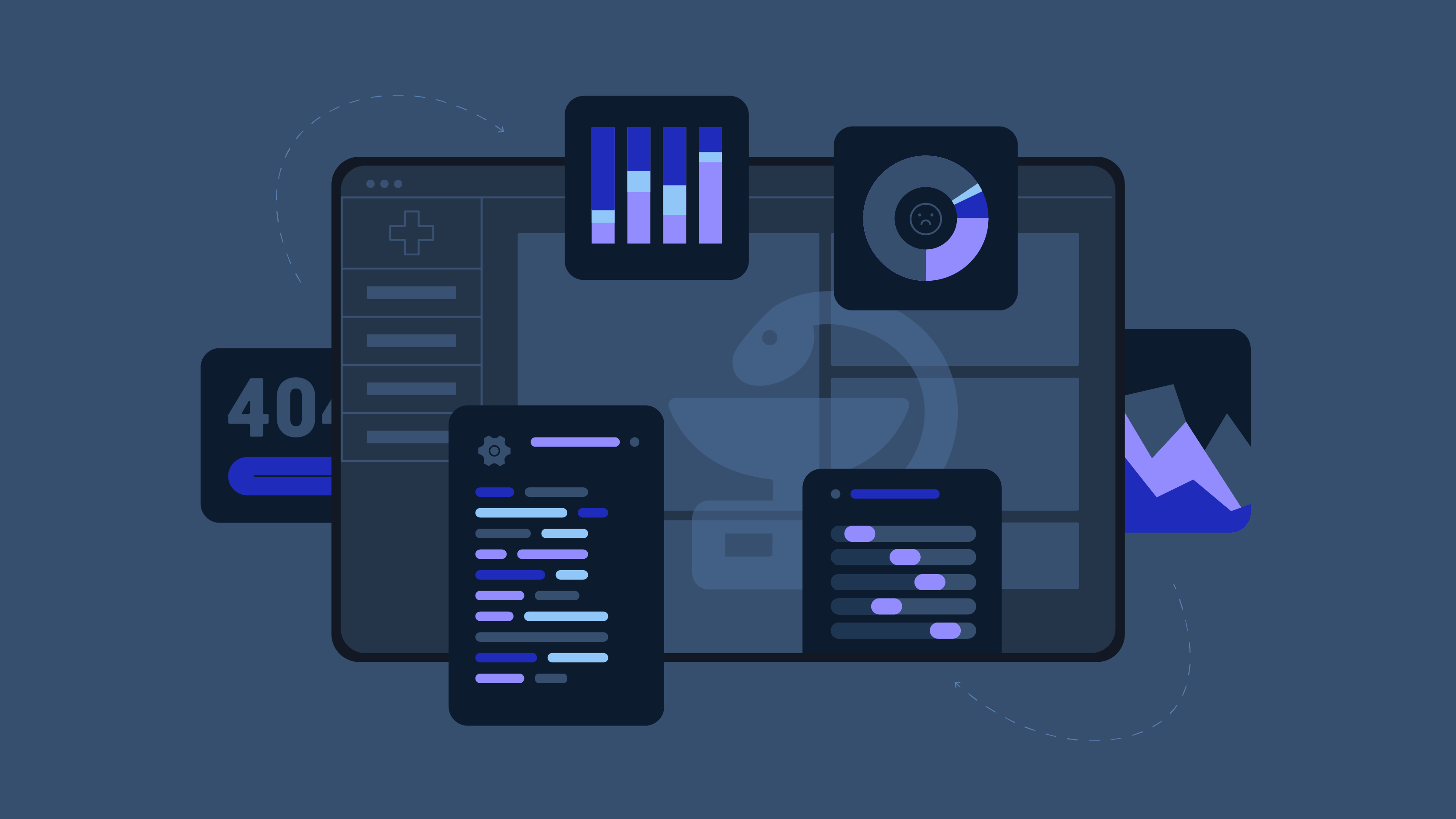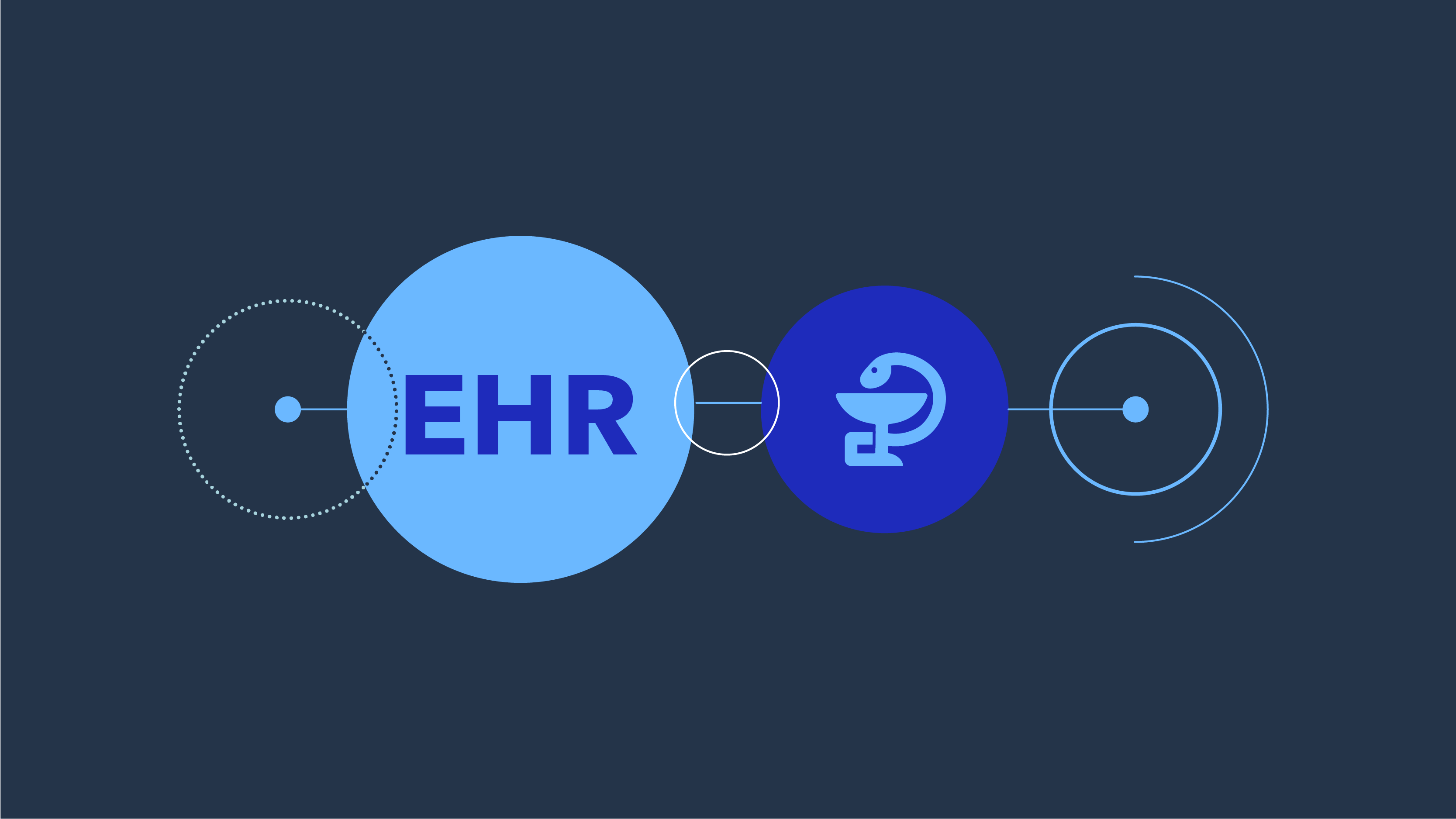The software development sector is the one where you cannot act by guess. When you are creating a mobile or web app, a shot in the dark is not an option. The development team needs a specialist who will predict possible risks and avoid software issues.
The name of the specialist is a business analyst or BA. Many companies hire a BA, not only development companies. We mentioned the crucial role of a business analyst in the article about software requirements specification.
So we want to tell you more about the roles and responsibilities of a business analyst. We are sure this article will be useful for you to understand how your project is created.
IT Business Analyst Job Description
The first question we are going to answer is “what is a business analyst role?”. A BA is a specialist who is involved in negotiations with a client. And their goal is to communicate with a client, explore all details of the project, create solutions, add descriptions to the SRS document (software requirements specification), and hand it over to the design and development team.
Business analysts in the IT sector analyze almost everything, starting from the input information and requirements to up-to-date trends and existing solutions for a specific task. Business analysts identify bottlenecks in the future project, look for optimal solutions, and analyze the effectiveness of these solutions. Analysis of everything and everyone is their scope of activity.
What Does A Business Analyst Do?
We think it is essential to single out all business analyst duties in greater detail. Regardless of the IT company, a regular day of business analyst looks as follows:
Meetings and communications;
Analysis of data/input information;
Systematization/documenting of solutions;
Visualization and presentation of ideas.
A business analyst should clearly understand what clients want to be created, what their project should include, and what problems it should solve. Apart from this, a BA cooperates closely with design and development teams. They discuss all project requirements based on the conducted analysis.
An analyst can turn abstract ideas into specific tasks that will help a client’s business achieve new goals. Also, a BA can provide a client with crucial metrics that must be monitored after software release. It will help the client evaluate the efficiency of business processes.
Thus, a business analyst’s workflow includes three stages — understand the requirements, find the solution, and create a plan of project development.
Business Analyst Role: Types Of Business Analysts In the IT Sector

You may be surprised, but there are seven types of business analysts in the IT company. It is worth noting that business analyst roles and responsibilities in an IT company are vast, and one BA may process different tasks. That is, their skills may include skills of other BA types.
IT Business Analyst. This is the first and primary type of a BA engaged in collecting a client’s requirements, making a software requirements specification, and providing solutions.
Business Process Analyst. This specialist works with the company’s internal processes, and they strive to improve the company’s business processes — efficiency of employees’ work, management processes, etc.
System Analyst. A System Analyst interprets the requirements of a client’s business into technical language, designs IT systems, and is well-versed in the architecture of systems.
Investment Analyst. It’s a specialist who evaluates the investment appeal of businesses.
Business Consultant. A business consultant develops financial models, analyzes markets, and looks for ways of business development.
Product Analyst. They monitor vital metrics of the product, explore the growth possibilities, and provide recommendations to managers.
Data Analyst. And the seventh type of analyst is a professional who processes vast amounts of data using scripts, visualizes information, and conducts quantitative research.
Based on those mentioned above, we may add that a typical IT business analyst is also responsible for system analysis, product analysis, investment analysis, and data analysis. They are a jack of all trades.
Essential Business Analyst Responsibilities
This section will cover all tasks a business analyst should perform during the software development process. Or, to be specific, a business analyst starts doing their job even prior to software development. Let’s learn more about it.
Gather Project Requirements
Business analyst tasks and responsibilities start with understanding the requirements of a client. A BA analyses them to create a general project scope. Then, the business analyst needs to interpret these requirements into a clear language for developers and explain what they need to do.
The BA position may look similar to the project manager (PM) position. However, they are different. The business analyst doesn’t manage a development team. The task of a BA is to understand the pain of the client and find a solution for them.
A BA creates a detailed plan of development with analysis of existing business processes, and the PM must control the implementation of this plan by developers and designers. As it is clear of the project manager position name — they control and manage, they are responsible for sprints completion and deadlines.
Determine Project Capabilities And Details
A business analyst works on understanding system possibilities, and their essential goal at this stage is to communicate with a client to figure out each detail of future software. Business analysts need to know why the client needs software, how it will become a troubleshooter for prospective customers, what pains customers have, etc.
Once all information is obtained, a business analyst holds meetings with the design and development team to discuss the relevant nuances of the creation process.
Project Visualization
The next step a business analyst usually takes is to visualize the project and create a mind map. At Cadabra Studio, mind mapping is the task of UI/UX designers since they are involved in the research process to identify all pros and cons of software and build the design users need.

Going back to a business analyst’s responsibilities, project visualization may be used by a client to pitch an app idea to investors if required. By the way, there are more crucial tips on app idea pitching; they are all contained in this guide.
Segregation Of Functional/Non-Functional Requirements
This process is implemented separately from project requirements determination. Business analysts should single out functional requirements (related to technical development parts like design, graphics, operating system, etc.) and non-functional requirements (performance, safety requirements, usability, etc.). These points should be clearly highlighted in the software requirements specification.
It may be rather tricky for a layperson to understand all these nuances of a BA’s roles and responsibilities. That is why you should drop us a line and entrust us with your project.
SRS Creation
It is the right time for the software requirements specification creation. Business analysts create an SRS document that contains all information about the project — purpose, description (target audiences, business goals, needs, etc.), software description (features, user class, constraints, operating environment, etc.), requirements (we mentioned them above).
User Acceptance Testing (UAT)
Although QA engineers perform the testing process, business analysts are the ones who can identify the end users for UAT. A business analyst may control the process and make sure that potential users are satisfied with the software, and it meets their needs. Once the UAT is performed, a BA adds all relevant information to documentation.
What Techniques A BA Uses

It would be crucial to mention some of the techniques or hard skills that business analysts should be acquainted with. IT business analysts should use more than 20 existing methods, but we will pay attention to the most widespread ones during software development.
Business model canvas. If a client doesn’t want to elaborate on their project’s business model or don’t know how to do it, a business analyst comes to the rescue. Business model canvas is a strategic management template for creating successful business models for new projects. It helps identify the main revenue channels and critical activities.
Interview. Clear communication with a client, a business analyst asks all the questions concerning a future project. Although it is not a tool or hard skill, analysts should be communicative to build a trusting relationship with the client.
Process modeling. Analysts explore business processes and make the hierarchy of the main processes and sub-processes. It is closely related to mind mapping, but here analysts imitate possible situations in future business processes. Thus, they can understand whether the planned goals are achieved or not.
Use Cases And Scenarios. Analysts may work on the creation of user scenarios — description of step-by-step user behavior in software. At Cadabra Studio, designers are responsible for this task. But some companies assign a business analyst to create use cases and scenarios.
Prioritization. Everything is simple here — analysts should prioritize all tasks and software requirements to be implemented step by step. That is, a business analyst decides what features will be implemented first, what technologies should be used, etc.
Soft Skills Each Business Analyst Should Have
Despite the fact, there are a few types of business analysts, they all should have the same soft skills. Because it may not be so important what tools analysts use, but it is crucial to have appropriate qualities.
Analytical thinking. This skill allows analysts to analyze input data, compare them, and identify causal links. During job interviews, analysts are often asked to solve some logical tasks where the solution must be untrivial.
Critical thinking. An analyst always pays attention to detail, asks relevant and proper questions, prioritizes tasks, and can explain their point of view and argue in its favor.
Systems thinking. This is an ability to structure all data in one scheme, determine interdependency, pick crucial attributes, etc. It is also excellent if a business analyst can draw diagrams and charts, and they can create visualizations to give more information to the persons involved in the development process.
A precise statement of thoughts. A BA needs to explain complicated things simply. A skilled analyst always speaks briefly and adheres to the point.
An ability to learn quickly. First, a business analyst must know everything about up-to-date trends and the business sector they’re working in right now. They don’t need to be developers, but they have to understand how everything works.
An ability to negotiate. Communication plays a significant role in the business analyst’s job. They hold a meeting with all stakeholders, and they must be able to deal with everyone. A business analyst should also be very persuasive and prove to the client that a selected solution is the most appropriate in this case.
When And Where To Hire A Business Analyst
Commonly, a business analyst starts working on the project and analyzing the requirements of the client right after the NDA signing. Some companies also involve a BA in project cost estimation. At Cadabra Studio, business development managers are responsible for rough and detailed estimates.
By the way, if you need to know more about non-disclosure agreements and why they are necessary, check the article about NDA.
The cost of BA services also depends on the region. But companies like Cadabra Studio (and many other IT companies) provide an average hourly rate for the whole development team. And the team includes all specialists like designers, developers, business analysts, project managers, QA engineers, etc.
However, if you want to know the rate of a business analyst, we can single out these rates by region to provide you with a more comprehensive picture.
North America. The average hourly rate of the business analyst in the USA and Canada is $38-45.
Asia. The hourly rate of a BA in Asian countries has a wide range. It starts at $15 in China and ends at $40 in Japan.
Western Europe. Here rates vary between $35-40 per hour.
Eastern Europe. Average rates of a BA in Eastern European countries fall within $6-12. In Ukraine, for example, the rate of a BA is $6-8 on average.
If you remember, the average cost of the development process is also relatively low. That is why the rate of a BA is not high as well. However, we cannot say the same about the level of the developers’ skills.
Ukrainian development teams are well-known for their high-grade projects and capabilities to work with complex projects. The Cadabra Studio team located in Ukraine, and we know how to find a solution for you.
Summary
The workflow of a business analyst is busy and far from being boring. But these specialists are always on-demand since their skills are highly appreciated. They remain involved in the software development process from start to finish, and their role is essential.
Do you want your project to be built wisely and at a reasonable price? Then you need to contact Cadabra Studio managers and make use of our services. We will create an efficient strategy for your business and future mobile or web app.



